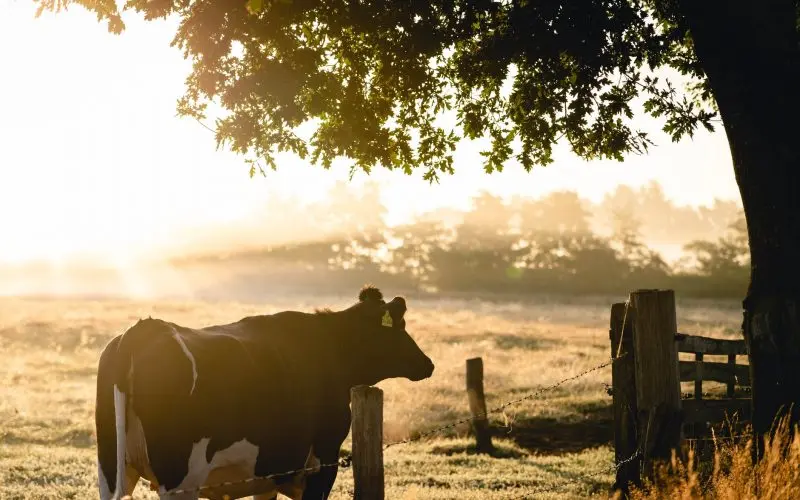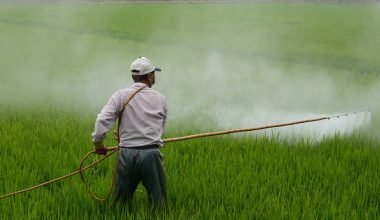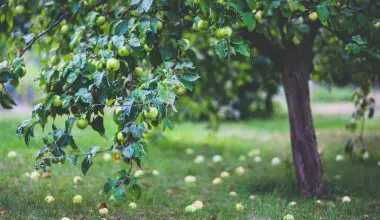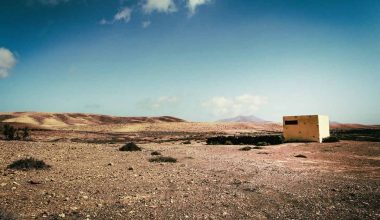Table of Contents Show
Silvopasture is one of the many distinct forms of agroforestry, which involves the intentional integration of trees, forage plants, and livestock together forming a holistic system that needs to be effectively managed in order to produce the best results.
Silvopasture is one of the oldest forms of agriculture which has been practiced for centuries. It is not to be related to the unmanaged grazing carried out in woodlands, as Silvopasture doesn’t have any negative environmental effects.
If Silvopasture is managed well, it can help to increase the productivity of your farmland and increase the long term income due to the high production of tree crops, forage crops, and livestock animals. The annual grazing income helps with cash flow and also with tree operations while the tree crops mature. Moreover, grazing helps to create easy access once the trees and its products are ready to be harvested.
How to Create a Silvopasture System?
Silvopasture systems can be created by the introduction of forage plants into either trees plantation or woodlands. Silvopasture can also be initiated by the introduction of trees into pastures. Management is essential throughout the process of Silvopasture as without high-level integrated management, the system is likely to fail. Rotation grazing is one of the keys to management of Silvopasture as it helps to mitigate the damage to trees. Long term regeneration of trees must also be considered and planned accordingly during the process.
Livestock choices may vary, these include cattle, poultry, sheep, horses, turkeys, goats, and even animals such as bison, deer, elk, and so on. Trees provide essential fodder for the livestock. One of the benefits we attain from Silvopasture is that it helps in the reduction of heat stress on the livestock, as this livestock is always under great cover from trees that help to reduce the temperature in the region. This improves the overall health and well-being of the animal. It must be known that not all pastures require being a part of Silvopasture system in order for them to be productive.
The components of Silvopasture
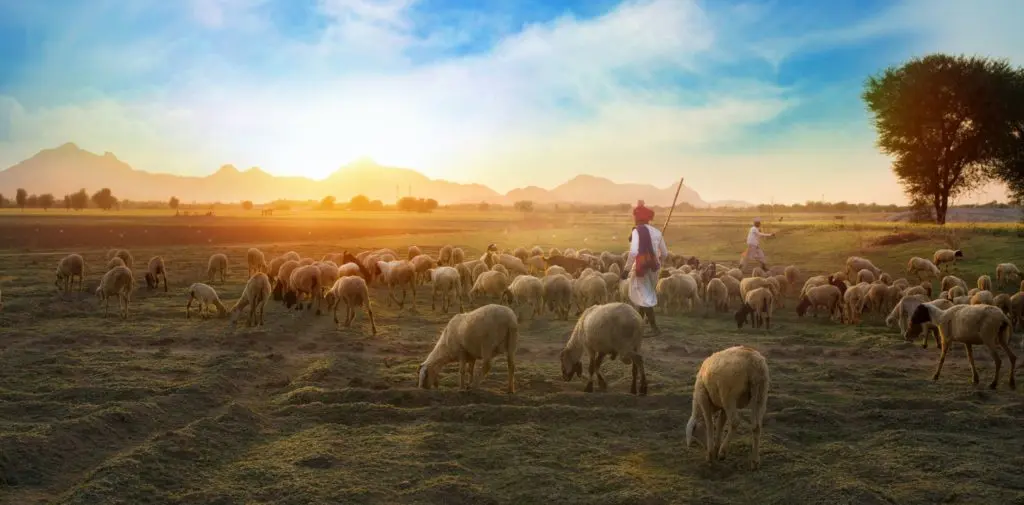
1. Tree Component
The choice of the right tree species is very important and a critical decision when the silvopasture system is being set up. The trees selection is determined according to the climate of the site, groundwater levels and the type of soil available. Conifers are generally chosen for the Silvopasture system over hardwoods, as they are generally better-suited. However, grazing is more successful in pecan orchards. In order to reduce the competition of forage grasses and to help in excellent tree growth, strip or spot-spraying must be carried around the planted tree, at least for the first few years. Periodic pruning and thinning will also help in improvement in the quality of wood.
2. Forage component
We can choose from a variety of perennial warm or cold season grasses and legumes for silvopasture systems. They are useful because they can tolerate shade and avoid unwanted competition with trees. Legumes and simple grasses can be over-seeded with other various species in order to increase the duration of the grazing period. Forage can be harvested and fed to animals mechanically until the trees are tall enough to not be harmed by livestock.
3. Livestock Component
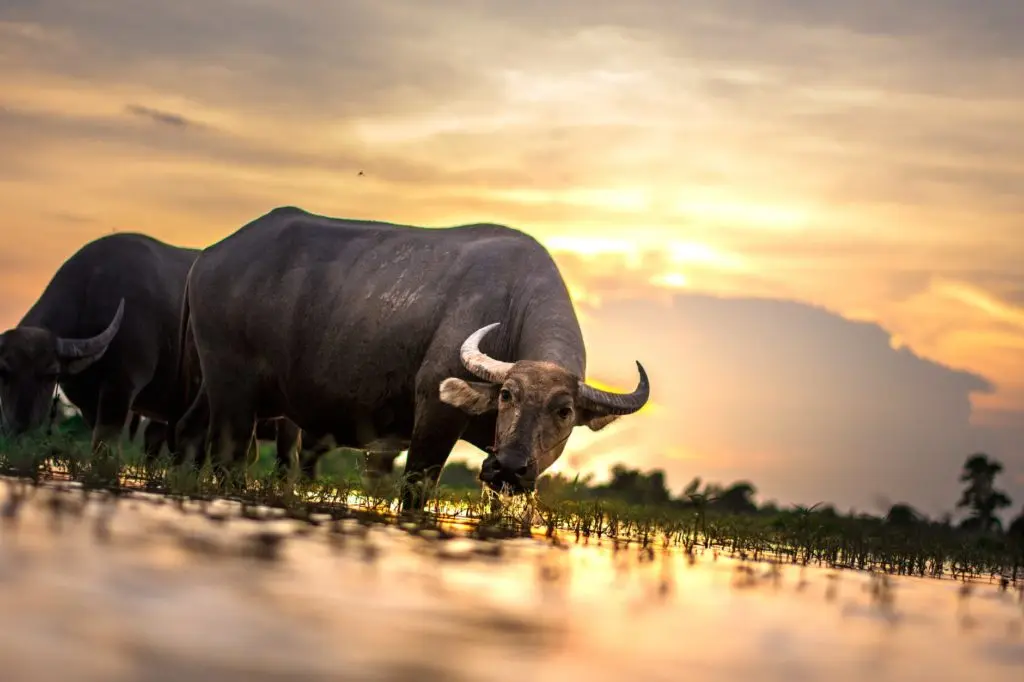
Cattle and sheep are usually the animals that we see being used in Silvopasture. Although there are other species that can potentially be used. Careful monitoring of the herd behavior is essential to detect and mitigate problems with browsing and rubbing of trees. Sometimes, fencing or tree guards may be required in order to protect the animals while they are still small.
Benefits of Silvopasture System
1. Increased Profitability
Once you have added the component of livestock into the Silvopasture system, you invariably create a constant source of cash flow on top of the pre-existing harvest of timber and nuts. This helps you to diversify and increase various avenues of income through your Silvopasture system.
The combination of livestock grazing, along with the long-term usage of timber helps to maintain forage production which is more than you can make from grazing alone.
2. Improves Soil Fertility and Prevents Soil Erosion
The Silvopasture system helps with nitrogen fixation into the region. The planting of species of forage, which are usually nitrogen-fixing, into the soil helps to increase the fertility of the soil and provide nutrition to the trees. Constant grazing by livestock helps to reduce the potential risks of fires and helps to control the nutrient competition that may arise from bushy weed species. The wide plantation of trees and forage helps to lessen the competition, resulting in better yield overall. The plantation of trees throughout the site also helps to reduce soil erosion. The deep-seated roots of the trees help prevent the soil from being runoff by water or blown off by wind helping in maintaining its nutritional value and fertility.
3. Protects Lifestock
Livestock gets more shelter and shade, and are less affected by the severe heat from the sun as the trees provide shade and shelter once they are fully grown. This helps in increasing the production from the livestock. Moreover, you don’t have to worry about their numbers reducing. Shelter helps to improve the quality of forage and increases the length of the growing season. The pruning of trees can also be used as fodder.
4. Reduces Carbon Emissions-Act as Carbon Sinks
The plantation of trees helps to reduce the carbon emissions in the region by acting as a carbon trapper or as ‘carbon sinks’. This helps in reducing the greenhouse effect and therefore helps in fighting global warming and climate change. Furthermore, the trapping of carbon helps in more photosynthesis being carried out by these trees, resulting in the production of oxygen and water. The water produced may be given back to the atmosphere through transpiration, this helps in developing torrential rainfall in the region as well.
5. Improved Biodiversity
Silvopasture helps to diversify the wildlife of the region. The systems help to create a habitat in which existing new species can live without any complications and help create a more biologically diverse system in the process. Silvopasture also provides attractive and aesthetically pleasing landscapes filled with trees, plants, and animals giving the viewer a feeling as if they are in a mini-zoo.
